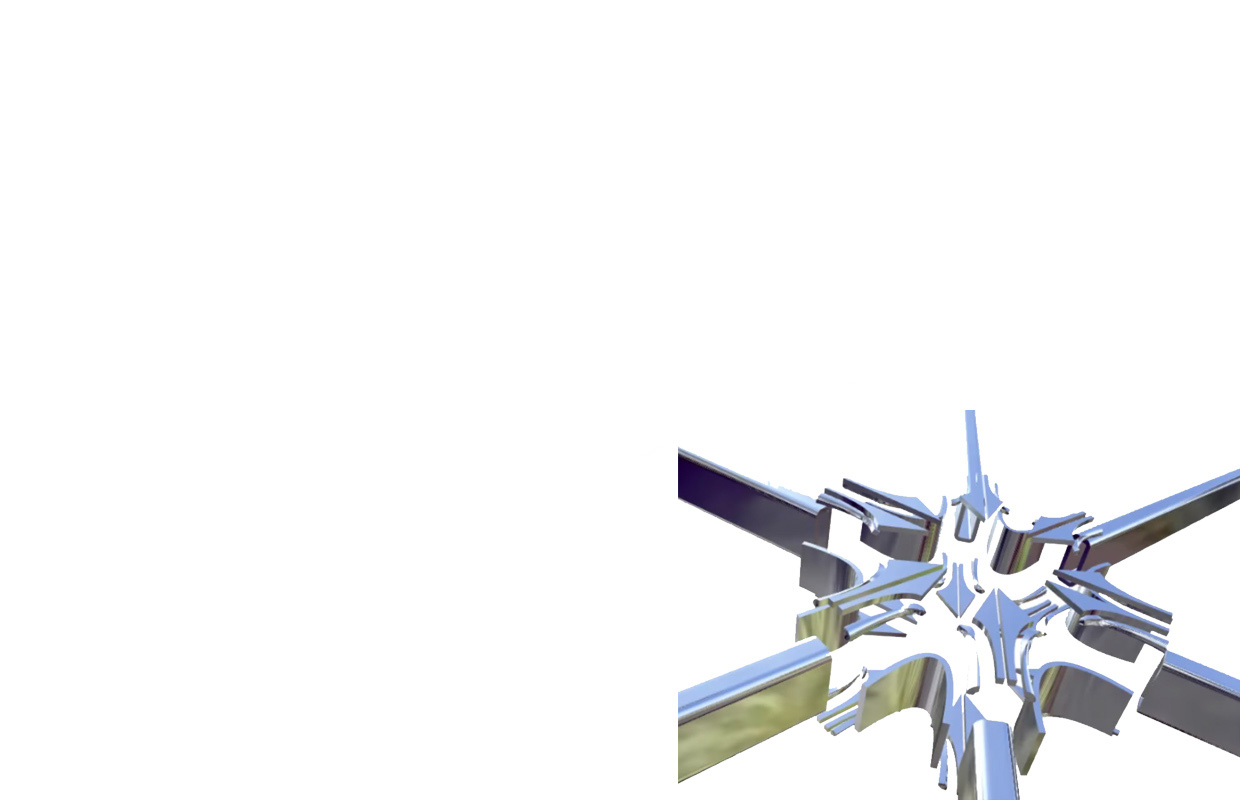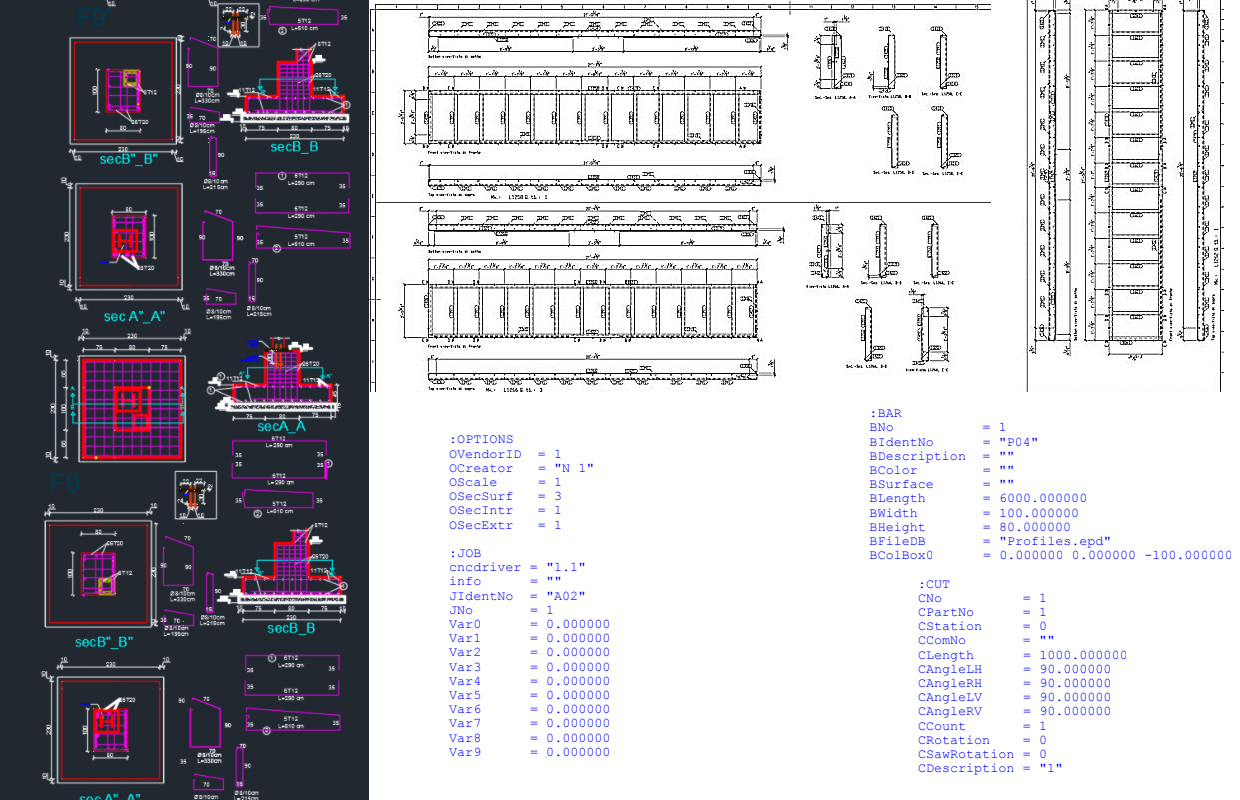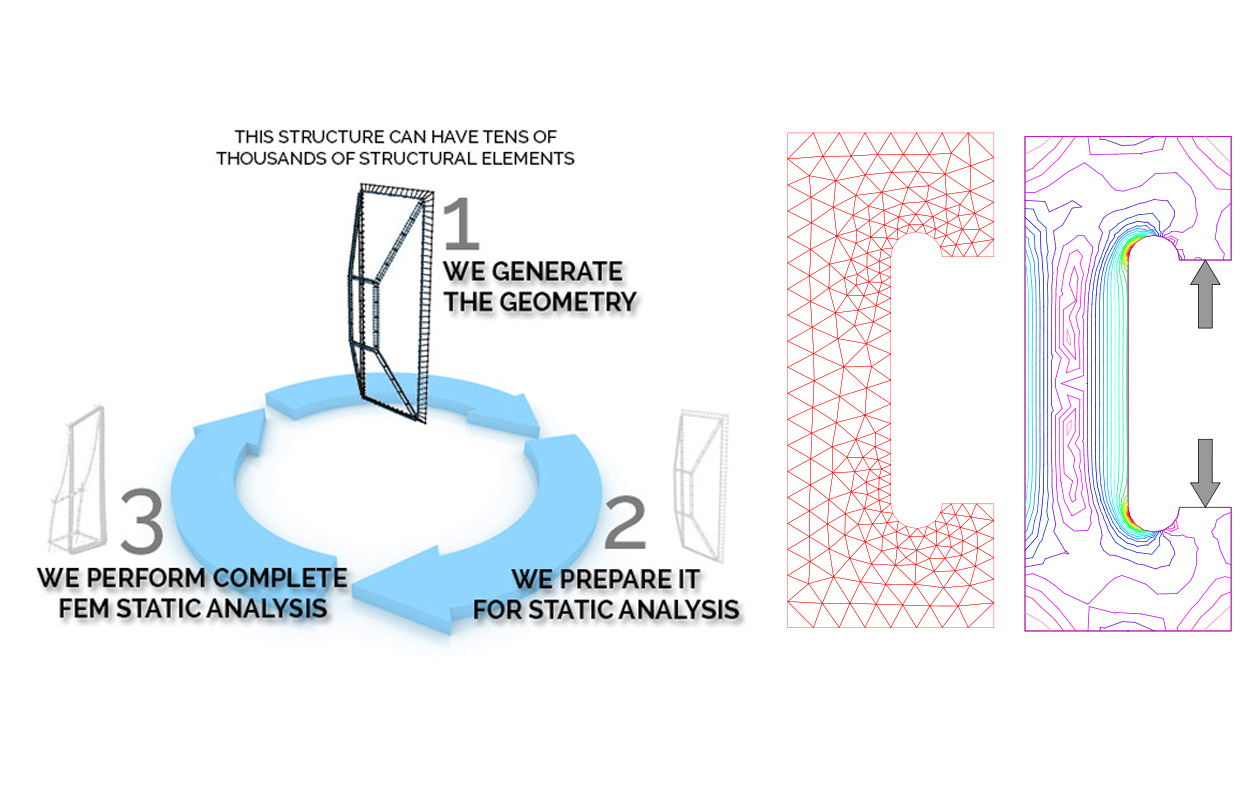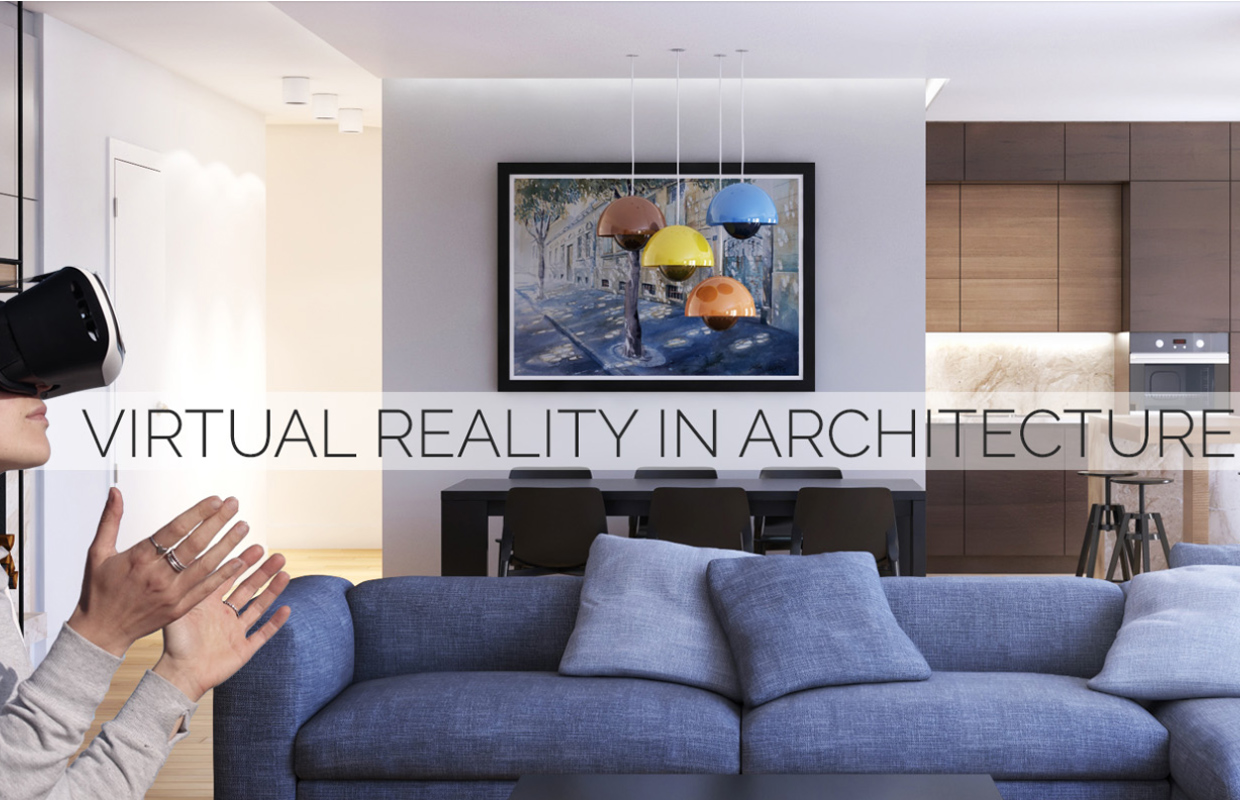What We Do
We use different software (Rhino, Revit, Tekla, RFEM, Unreal, etc..) and we generate full 3D digital twins, 2D workshop drawings and installation plans, full FEM Models and CNC production ready files - all at the click of a button, using C# and C++, thus automating the entire design and production process. This level of automation enables us to generate geometry, structural elements, statical models, technical drawings, CNC files, etc. for some of the world`s largest projects with a handful of people. We save time, money and enable design, modelling and construction of geometrically highly complex buildings.
Digital Twins
By making fully parametric models, we are able to automatically create architectural elements up to the LOD 500. That means that we use algorithms to automatically create high level objects but also every srew, bolt, nut and weld as well. This becomes a true Digital Twin, minimizing human errors in the design and in the construction phase.
- Fully parametric creation of Digital Twins
- Automated handling of BIM Properties
- Generating Structural (FEM) Models in Parallel
Production
When we generate 3D elements, they have to be prepared for further production. That is why we can automatically generate 2D Drawings, CNC files, G-Code files, etc. In that way we eliminate the human error and optimize the entire process, from design to production. It does not matter if these architectural elements are concrete slabs, CLT panels, or if they are steel or aluminium members. We can automatically create files that send them directly to the machine and enumerate them properly for the construction site.
- 2D Blueprints
- CNC Files
- G-Code
Optimization
In our work we write software that connects CAD and FEM (Static analysis) programms. For example, we can generate geometry in Rhino, and then automatically prepare it for static analysis, send that data to an FEM software (like RFEM or GSA), analyze the structure and use the analysis data to change our design. All of this in an automated loop - without human intervention. In some projects (like the Schüco Parametric Facade) we used this method to generate and statically analyse hundreds of thousands of different Facade Elements within couple of hours.
Using this power of a CAD-FEM loop, we can statically optimize large structures and find a solution that is aestheticaly and structuraly optimal. This also means that when we create our fully parametric Digital Twins, we parallely create an FEM model as well, which saves weeks and months of redundant work.
- Automated FEM static analysis
- CAD-FEM optimization
- Simultaneous creation of CAD and FEM Models
Visualization
Everybody knows that "Virtual Reality is the future", but we do not see much of it in practice. The linear progression is clear - we had rendered images, then we had rendered videos, now we want to be in control - EXPERIENCE the design. We want to walk around the rooms, change materials in real time, change furniture, push walls around, start a fire, change weather - all in real time and photorealistic.
We think that visualization is not separable from design and we can offer some state of the art simulations which we create using the Unreal Game Engine. For more information go here: SOOREAL WEBSITE
- Real-Time Rendering
- Game Engines
- VR/AR




